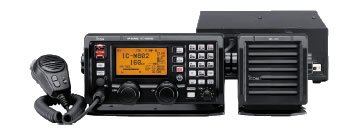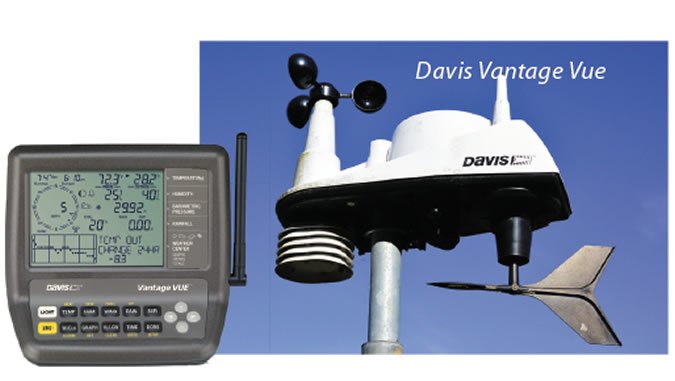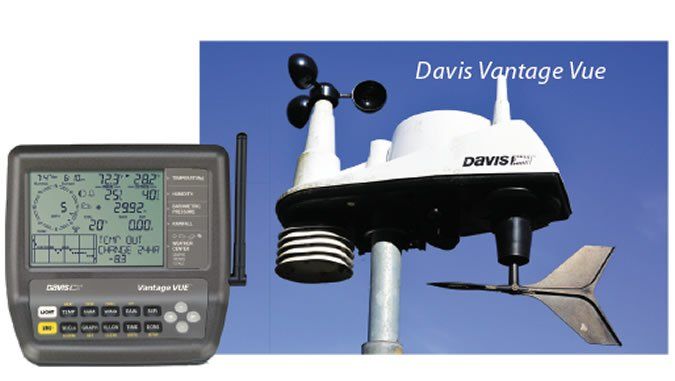In the April 2015 issue, Practical Sailor evaluated four handheld VHF radios loaded with all the bells and whistles, including longer battery life, positive flotation, internal GPS, and digital selective calling (DSC) capabilities. Out performing VHFs from Icom, West Marine, and its own product line was the Standard Horizon HX870, which grabbed a spot on our Editors Choice list.

A fully compliant Class D DSC radio, the HX870 has an advertised 6 watts of transmit power and an 1800 mAh Li-Ion battery. The large-screened HX870 has a long, long list of useful features, including a full dot-matrix display with channel names, position request, position report, 10-channel preset key selection, GPS position logger, a water-activated SOS strobe light, NOAA weather, programmable memory, priority scan, and dual- and tri-watch scan functions. Testers also like the intuitive menu interface and the MOB soft key. The easy to use, easy to view HX870 is a solid radio that covers all the bases for a reasonable price: $249.

Icom M802 SSB Radio
A marine VHF radio is more than adequate for the average weekend sailor, but for those venturing farther from shore, a high-frequency single-sideband (SSB) radio is a better choice for reliable two-way communications.
As we reported in our November 2014 issue market scan of SSB radios, Icom dominates the marine SSB realm, so its no surprise that its M802 marine transceiver got the Editors Choice pick for SSBs.
A basic Icom M802 system package consists of an M802 transceiver, RC-25 remote control head, and an antenna tuner (with the AT-140 antenna tuner being the most popular choice). Features include a large LCD display with easy-to-read dot matrix characters. For fast channel selection, the control head features two dials-one for banks (groups) of channels and one for individual channels.
The M802 also features built-in, one-touch digital selective calling (DSC) for both emergency and direct dial communications. With tuner and antenna, the system sells for about $2,500.
Photos by Frank Lanier and Courtesy of Makers

Davis Vantage Vue Barometer
In the July 2015 issue, we evaluated three mid-range digital barometers from recognized names in weather sensing: La Crosse Technology, Davis Instruments, and Weems & Plath. We also looked at other network options for receiving and displaying barographic data from B&G and Starpath.
The top pick in the test was the Davis Vantage Vue Wireless Weather Station. Although it is also a predominantly shore-based product, the Davis Vantage Vue is rugged enough to find a home on board.
The system has lots of useful weather-sensing extras. It has a crisp display that gives very detailed graphic information about barometric trends and other tracked stats. Its solar-powered sensor array can be mounted on a pole or arch, and it has 22 user-selectable alarms. A good combination of easy installation and sea-ready ruggedness, the Vantage Vue is an Editors Choice pick.








































